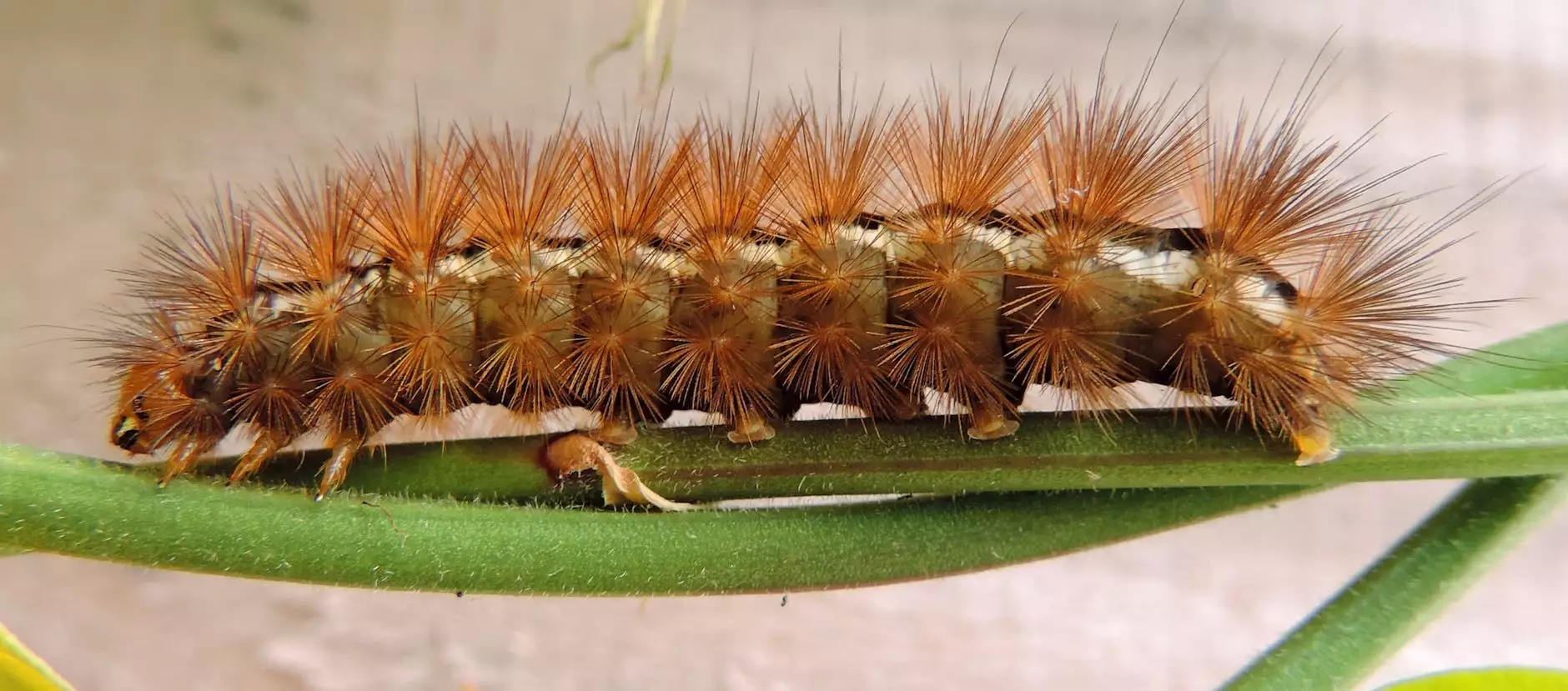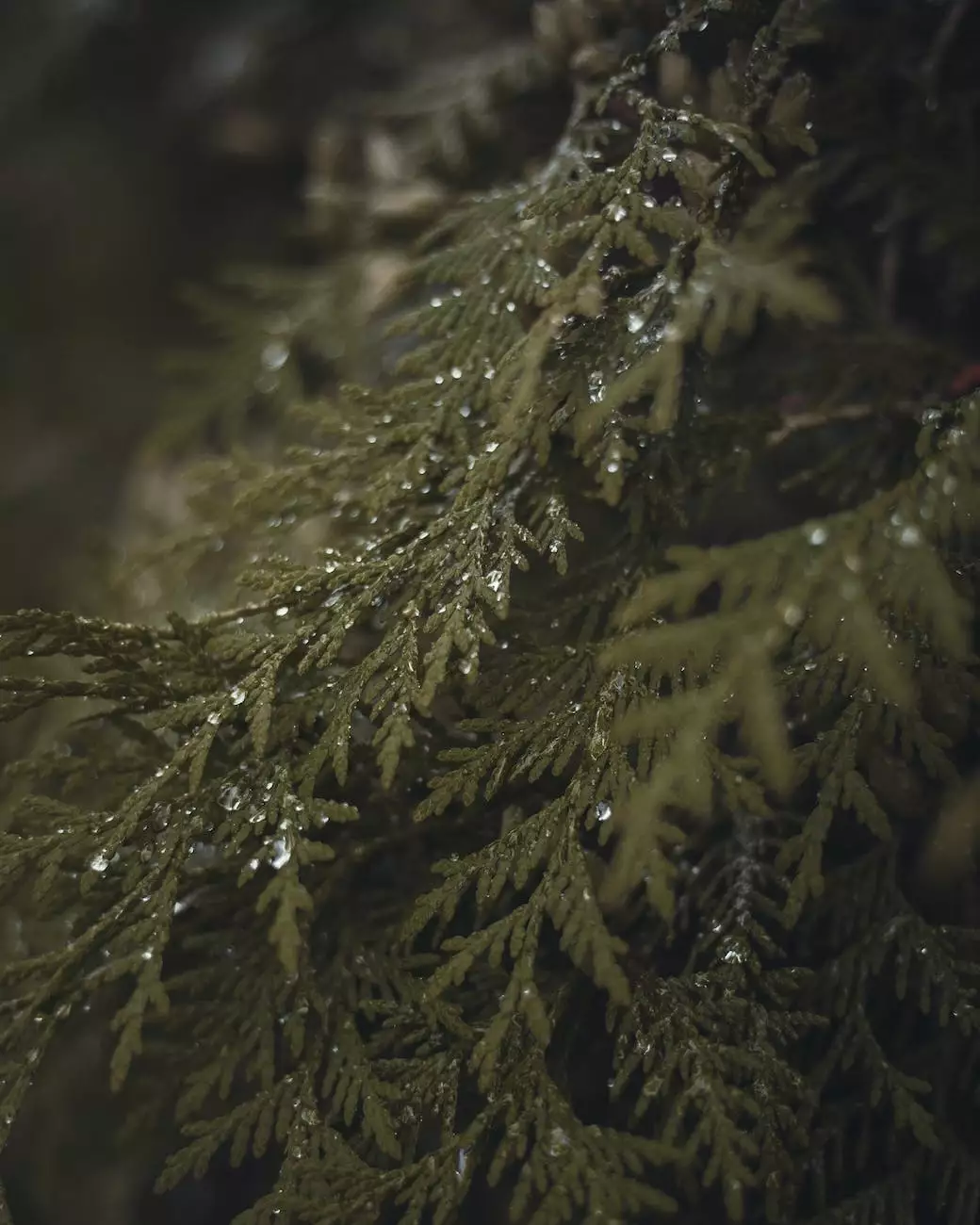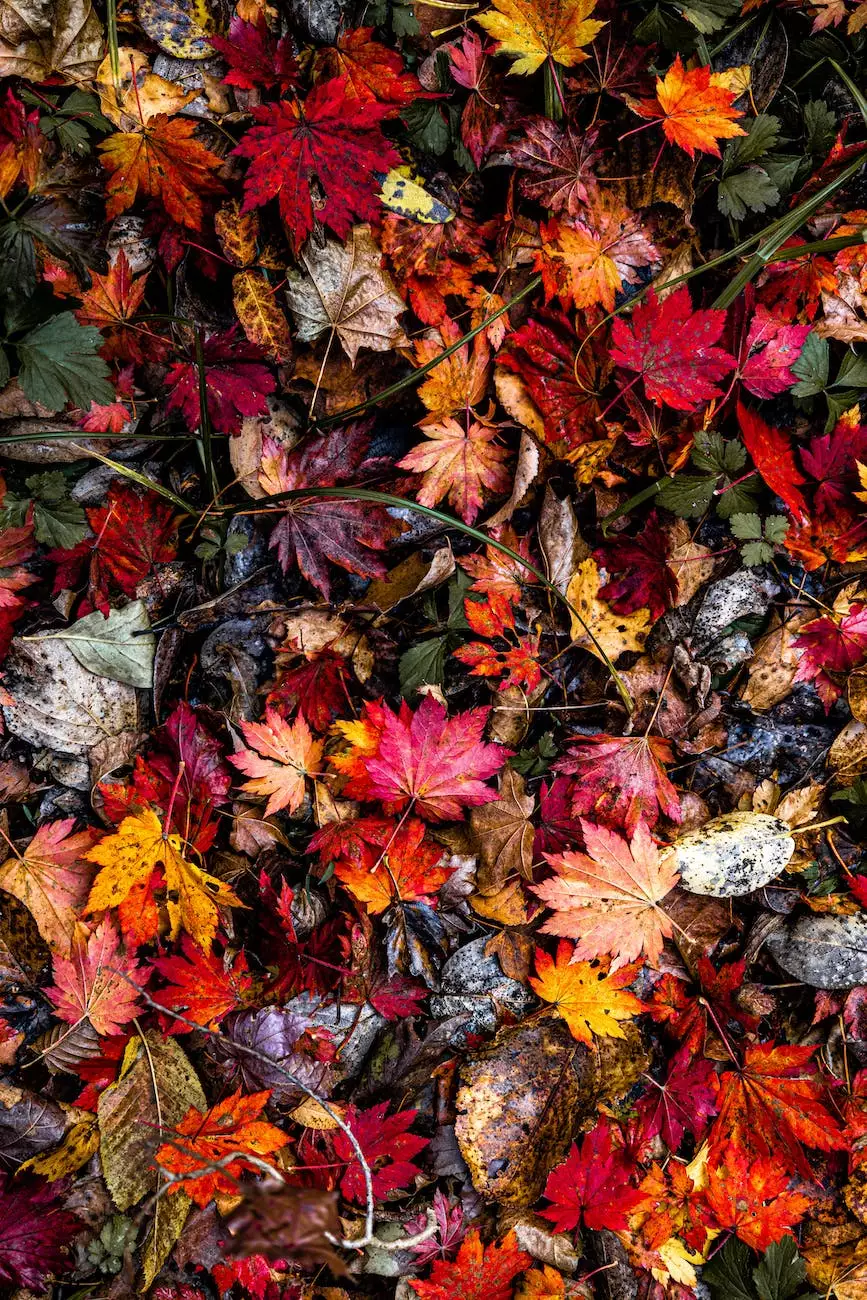Aphids 101 - Ted Lare - Design & Build

The World of Aphids: Introduction and Identification
Aphids, also known as plant lice, are small, sap-sucking insects that can cause significant damage to plants and gardens. With over 4,000 species worldwide, aphids come in various shapes, colors, and sizes. These tiny pests often cluster on the undersides of leaves or the tender growing tips of plants. Their diverse appearances, reproductive abilities, and feeding habits make them a challenging pest to manage.
Understanding Aphid Lifecycles
Aphids have complex life cycles that involve both sexual and asexual reproduction. In favorable conditions, females can give birth to live, pregnant offspring without mating. This remarkable ability allows them to quickly multiply and infest entire plant populations. Understanding the lifecycle of aphids is crucial for effective control strategies.
1. Egg Stage
Aphids initially begin their life cycle as eggs, typically attached to the bark of plants or hidden within crevices. These eggs remain dormant throughout winter, ensuring survival during harsh weather conditions.
2. Nymph Stage
Once the eggs hatch, nymphs emerge. At this stage, they resemble smaller versions of adult aphids but lack wings. Nymphs are important to monitor, as they can cause significant damage to plants during their rapid growth and feeding phases.
3. Adult Stage
Upon reaching adulthood, aphids develop wings in certain species, enabling them to disperse and infest new plants. The severity of infestations often increases during this stage, as adults reproduce rapidly and establish new colonies.
Aphid Feeding Habits and Damage
Aphids pierce plant tissues with their sharp mouthparts and extract sap, which contains vital nutrients. Their feeding weakens the plants, causing stunted growth, curled leaves, wilting, and yellowing. Furthermore, aphids produce honeydew, a sweet, sticky substance that promotes the growth of black sooty mold on affected plants.
Common Types of Aphids
While there are numerous types of aphids, some of the most common species encountered in gardens and landscapes include:
- Green Peach Aphid: This species is an important agricultural pest, attacking a wide range of fruit and vegetable crops.
- Cabbage Aphid: As the name suggests, this aphid species specifically targets brassicas, such as cabbage, kale, and broccoli, causing significant damage.
- Rose Aphid: This aphid variety attacks roses, weakening the plants and inhibiting their flower production.
- Woolly Aphid: Known for their wool-like appearance and waxy secretion, woolly aphids infest various tree species, including apple, pear, and elm.
Effective Aphid Control Strategies
While aphids can be persistent, implementing proactive measures can help prevent and manage infestations. Here are some effective strategies:
1. Regular Inspections
Regularly inspect your plants for signs of aphid infestations. Look for distorted leaves, sticky honeydew, and the presence of aphids themselves. Early detection allows for quicker interventions.
2. Natural Predators
Encourage the presence of natural aphid predators such as ladybugs, lacewings, and parasitic wasps. These beneficial insects help control aphid populations by feeding on them.
3. Horticultural Oils
Applying horticultural oils can smother aphids and disrupt their feeding. These oils are safe to use on most plants and can be an effective tool in managing infestations.
4. Insecticidal Soaps
Insecticidal soaps are environmentally friendly and can be used to target aphids directly. The soap solution kills aphids on contact while minimizing harm to beneficial insects.
5. Neem Oil
Neem oil, derived from the neem tree, is an organic product with insecticidal properties. It repels aphids and affects their feeding, ultimately helping control their populations.
6. Companion Planting
Consider planting insect-repellent species, such as garlic, chives, and marigolds, near susceptible plants. These companion plants act as natural deterrents to aphids, reducing the risk of infestations.
7. Proper Plant Nutrition
Maintaining the overall health of your plants by providing proper nutrition, regular watering, and suitable growing conditions helps them resist aphid attacks.
8. Pruning Infested Plant Parts
If aphids infest specific parts of a plant, promptly prune and dispose of the affected sections to prevent further spread.
9. Chemical Control
If infestations reach severe levels, chemical control methods may be necessary. Consult with professionals or follow product labels for selective and responsible use of insecticides.
Partner with Cutting Hedge Services for Effective Aphid Management
At Cutting Hedge Services, we understand the frustrations that aphids can cause in your garden. Our team of experts is well-equipped to provide comprehensive solutions for aphid control. By combining our knowledge, experience, and proven strategies, we can help you achieve a healthy and thriving garden free from aphids.
Contact Cutting Hedge Services today to schedule a consultation and take the first step in effectively managing aphids in your garden.










